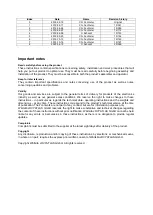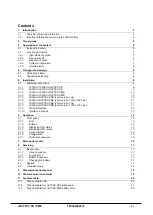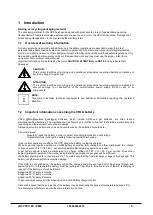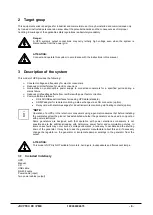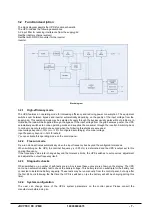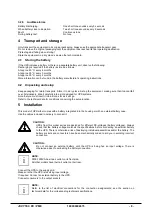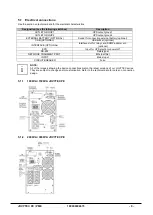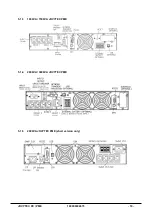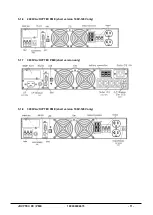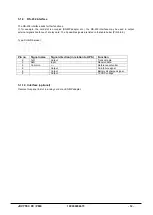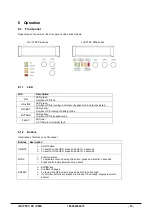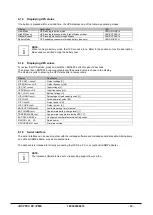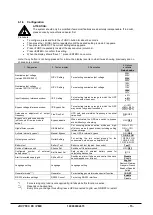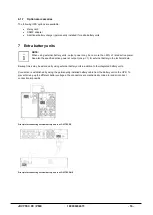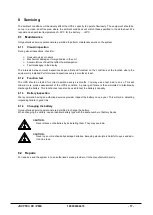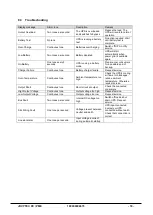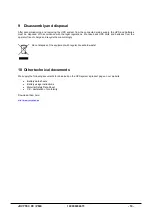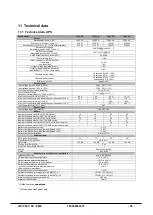
JOVYTEC PE / PME
100000004673
- 5 -
1 Introduction
Storing or recycling packaging material
The packaging material for the UPS has been designed with great care to protect it against damage during
transportation. This material is also useful should you ever need to return the UPS for inspection. Damage that
arises during transportation is not covered by the warranty terms.
1.1
Overview of warning information
Correct operation and servicing and adherence to the safety regulations are essential in order to protect
personnel and ensure that the system is constantly operational. All personnel involved in installing/dismantling,
start-up, operation and service of this equipment must be familiar with and observe these safety regulations. Only
trained and qualified personnel may carry out the described work and they must use the proper, intact tools,
equipment, test equipment and materials.
Important instructions are indicated by the terms
CAUTION
,
ATTENTION
and
NOTE
, and by indented text
passages.
CAUTION:
This symbol identifies all working and operational procedures requiring absolute compliance to
avoid any danger to personnel.
ATTENTION:
This symbol identifies all working and operational procedures requiring absolute compliance to
prevent damage to or destruction of the uninterruptible power supply (UPS) or any of its
components.
NOTE:
This symbol identifies technical requirements and additional information requiring the operator's
attention.
1.2
Important information concerning the VRLA battery
VRLA (
V
alve-
R
egulated
L
ead-
A
cid) batteries, which include AGM and gel batteries, are often termed
maintenance-free batteries. The maintenance-free feature only relates to the fact that distilled water cannot be
topped-up and the acid level cannot be measured.
Always observe the instructions on use and care issues by the batteries’ manufacturer.
You must always:
-
Regularly check the battery in order to detect impending failures at an early stage.
-
Immediately fully recharge the battery following (partial) discharging.
Under normal operating conditions, the UPS keeps the battery constantly charged.
When beginning regular operation, an AGM battery should be fully charged and then discharged to a charge
voltage of around 1.87 V to 1.90 V per cell. Repeat this discharge procedure once a year.
A gel battery should ideally be discharged to a charge voltage of 1.87 V to 1.90 V per cell five times when
beginning regular operation. Afterwards, a single discharge procedure per year will be sufficient.
If a battery discharges for a longer period (> 1h), make sure that the final discharge voltage is high enough. The
battery will otherwise suffer irreversible damage.
If the UPS is not switched on, the battery will not be charged and will even lose part of its energy through self-
discharging. So in this case the battery must be recharged from time to time. As a rule of thumb, recharging is
required if the battery is stored as follows.
At approx. 20°C, every 6 months
At approx. 30°C, every 3 months
At approx. 35°C, every 2 months
These intervals become shorter when using an active battery charge monitor.
It should be noted that the service life of the battery may be drastically shortened at temperatures above 25°C.
The battery manufacturer can provide more information on this.
i


